Discoveries at the edge of genealogy
Do you know Wünsdorf? – I didn’t know it until I found it on the map near Zossen. Zossen is a small town south of Berlin, with a pretty but much too small district court building. I recently had work to do there for a genealogy project. After the family research, I wanted to do some hiking and was looking for a nice place nearby, preferably with lots of forest. This is how I found Wünsdorf.
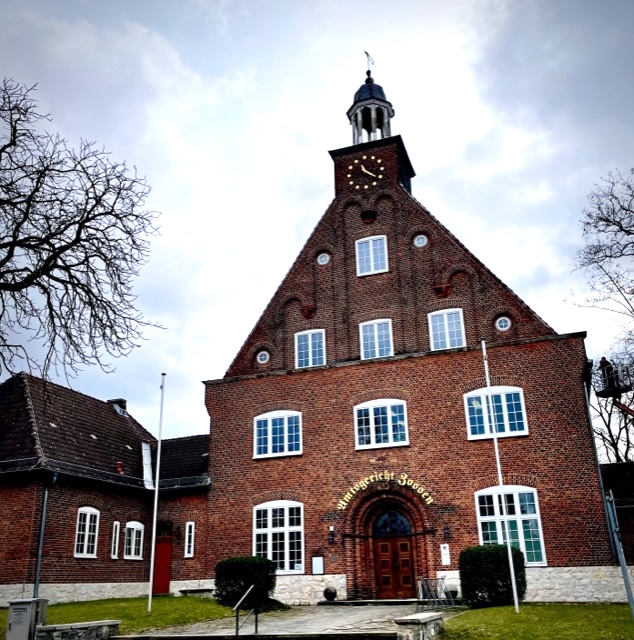
Shooting Range with Garbage
There is indeed a lot of forest there, but “beautiful” is the wrong word. I could not find out from whom the garbage came that I came across everywhere. It is certainly not from the World War, not historical. But it is a reminder that even 100 years ago there was no idyllic nature here. Starting in 1910, a military training area of the Prussian army was built in Wünsdorf, with barracks, shooting school and military gymnasium. After an interlude of civilian use following the defeat and demilitarization in 1918, the Nazis came in 1933.

The Nazis
As early as 1933, this was the location of the new tank force, disguised as a lorry driver school. War was part of the plan of the new rulers from the very beginning. Not a small war. A World War. In 1936 Wünsdorf became headquarters of the Army High Command, and in 1938 also of the newly formed High Command of the Wehrmacht. Bunkers were built for both facilities, the Army High Command was given the Maybach I facility, the Wehrmacht Maybach II next door.

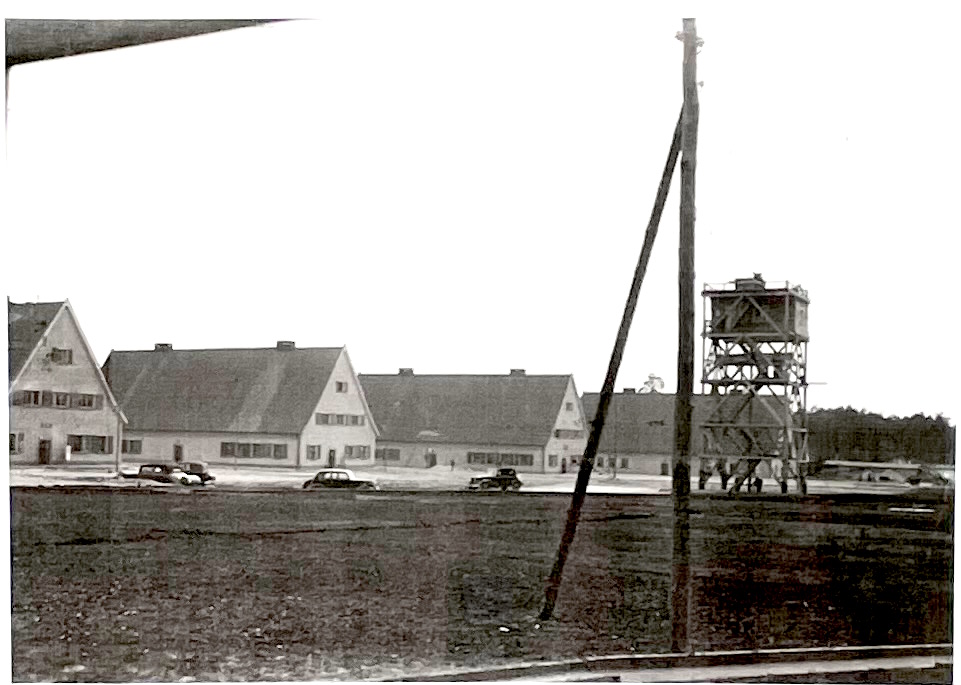
Maybach
Both Maybachs looked like vacation home estates, with gabled roofs and windows. But even that was just camouflage. Behind the facades were meters of reinforced concrete structure. Underground passages connected the various buildings, and a long tunnel also ran from Maybach I to Zeppelin.

Zeppelin
Zeppelin was the German Reichspost’s underground communications center for the World War, measuring 117 by 40 meters. From here, the orders of the general staff were sent in all directions, and news from the various fronts converged here. There was no heating: huge telegraph and telephone machines provided more heat than enough for the hundreds of Fräuleins vom Amt and other employees.
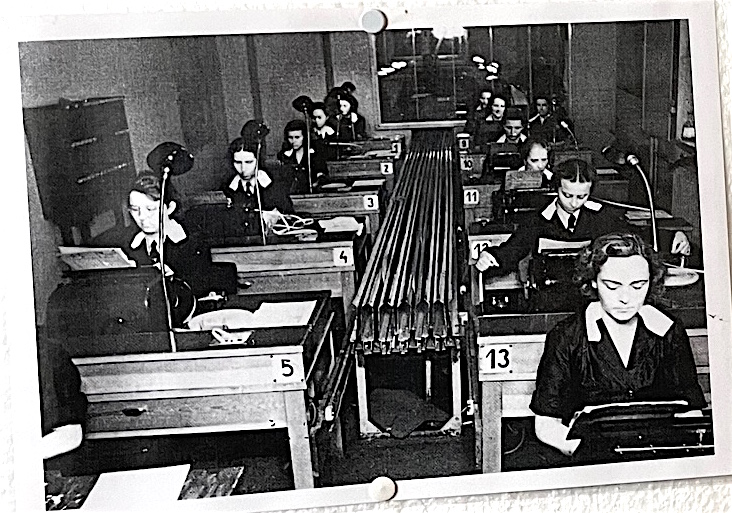
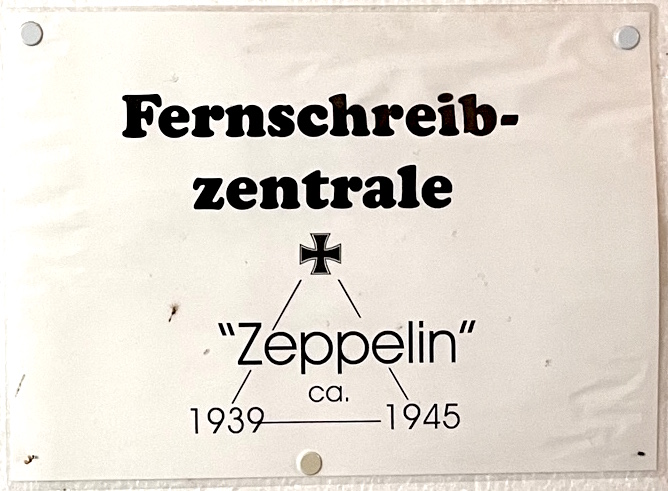
After the World War
After the world war the two Maybachs were blown up, Zeppelin and the site were used by the Red Army. Then came Glasnost and Perestroika, the Wende and German Unity. The Bundeswehr had no use for the site or shied away from its historical burden. The state of Brandenburg handed over the special property to a limited liability company with the obligation to preserve it and make it accessible to the public.
Bunkers and Books
Military history collections moved into some of the old barracks buildings, and huge warehouses and stores with used books moved into others. You can alread see the label “Book town Wünsdorf” at the town entrance. But in times of Abe-Books and Booklooker, Wünsdorf in the woods doesn’t exactly seem to have arrived in the now. The guide’s statement that the company is financed exclusively by visitor revenue is somewhat surprising.
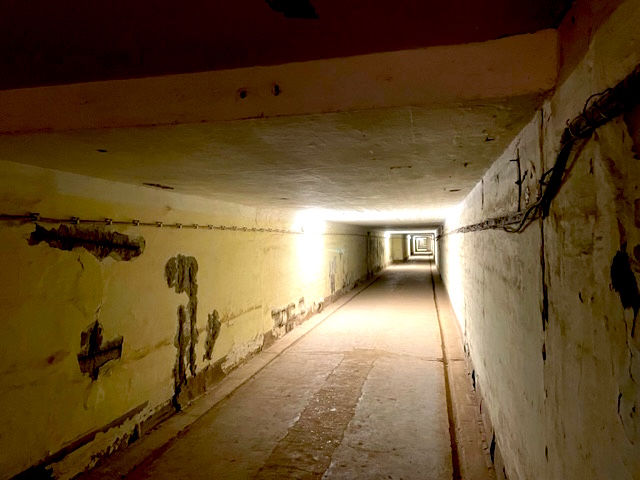

Passion
I also find it astonishing that on this cold and snowy March day 50 people gather for the bunker tour. It is not possible to enter the site unaccompanied, and the 90 minutes of the tour are accompanied by a detailed, freely recited history of the site and its buildings. So detailed and free that I wonder about the passion with which people are interested in the history of the world war. However, I don’t want to judge that at all. Passion for genealogy and family history, when viewed from the outside, is certainly surprising to many as well.
Descent and Ascent
We descend through a small house into the west tunnel, which leads to the Zeppelin communication center, get there every room with traces of old fixtures and equipment explained, and climb at the main entrance through a Soviet lock system with nuclear safe bunker doors back to daylight. From there, the tour continues along forest paths to the neighboring Maybach I.

Decay
The blasted concrete parts of Maybach I look like the building blocks of giants. Some of the shapes of the gables are still preserved, but nature is slowly reclaiming the site. No attempt is being made to stop the decay, nor would it be possible at realistic cost due to the heaviness of the material.
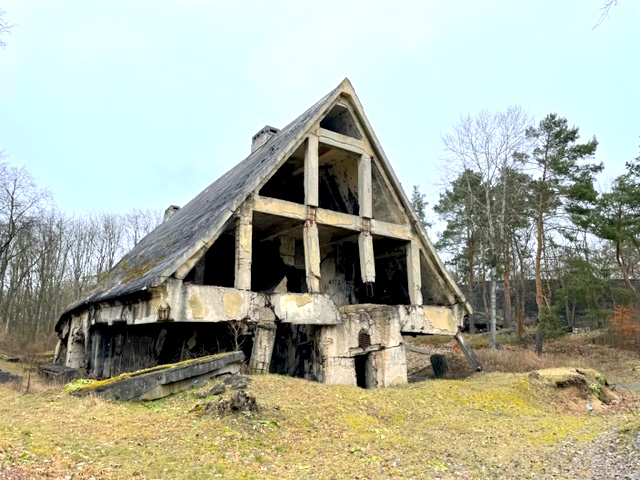
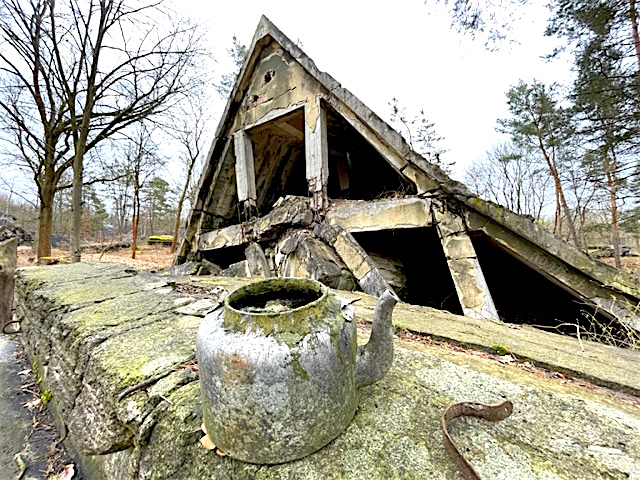
Valkurie’s death at Wünsdorf
What is decaying here structurally, and yet should and must be kept in memory, is the scene of central events in German history. I really did not expect this when I happened to come across Wünsdorf during my search for some beautiful woodland near Zossen.
Reinhard Gehlen, the later founder of the Federal Intelligence Service, had his workplace here.
And it was here that General Eduard Wagner shot himself on July 23, 1944, to escape arrest and certain execution. Three days earlier, he had provided Claus Graf Schenk von Stauffenberg with an aircraft at the nearby Rangsdorf airfield. Stauffenberg had flown to East Prussia to the Führer’s headquarters at Wolfsschanze with two bombs in a briefcase. When he returned, Adolf Hitler was still alive. The Valkyrie operation had failed.
What remains
War leaves behind ruins and wounds that do not heal for a long time. Not until today. Not only the world war, but every war. And when I think back to that day, I will not think about the genealogy in Zossen, not the family history will occupy me, but the story of the world war in Wünsdorf in the woods.
